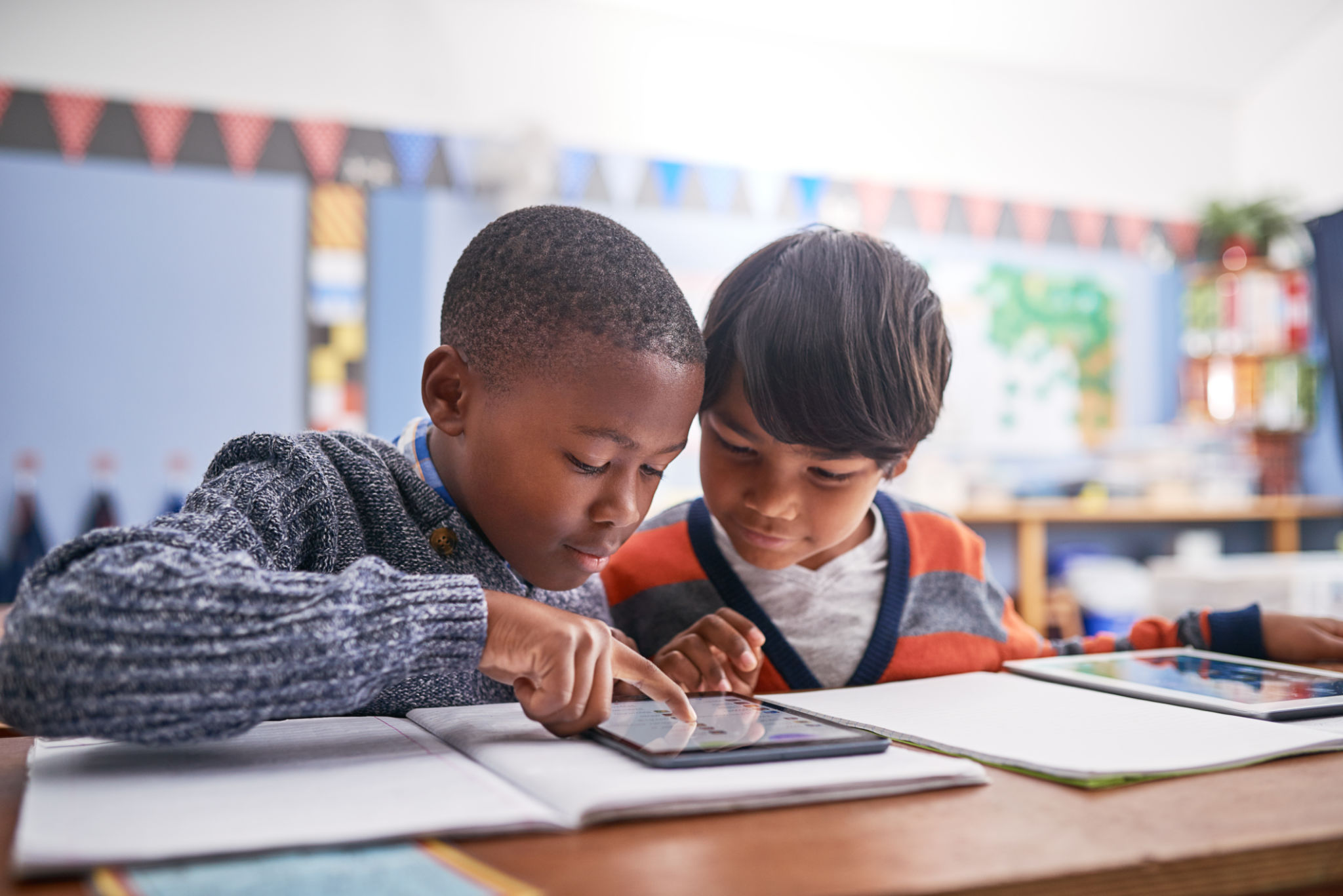Debunking Common Myths About Education and Learning
Myth: Intelligence is Fixed
One of the most pervasive myths in education is that intelligence is a fixed trait. Many people believe that you are either born smart or not, and there's little you can do to change that. However, research in cognitive science has shown that intelligence is more malleable than previously thought. With the right strategies and a growth mindset, individuals can significantly improve their learning capabilities.

This myth often discourages students who struggle initially, leading them to believe they are "not cut out" for certain subjects. In reality, persistent effort and adaptive learning strategies can lead to substantial improvements in understanding and skill acquisition. Emphasizing a growth mindset helps students recognize that intelligence can be developed through dedication and hard work.
Myth: More Homework Means Better Learning
Another common misconception is that extensive homework automatically translates to better learning outcomes. While homework can reinforce concepts learned in class, excessive assignments can lead to burnout and diminish students' interest in learning. Quality over quantity is key when it comes to homework.
Research indicates that homework's effectiveness varies with age and subject. Younger students benefit more from shorter, focused assignments, whereas older students may handle more complex tasks. Educators should aim to assign purposeful homework that enhances understanding rather than overwhelming students.

Myth: Technology Hinders Learning
With the rapid advancement of technology, some argue that digital tools and gadgets distract students more than they aid learning. However, when used appropriately, technology can greatly enhance educational experiences by providing access to a wealth of resources and interactive learning opportunities.
Educational apps, online courses, and virtual simulations can cater to diverse learning styles, making education more inclusive and engaging. The key lies in integrating technology thoughtfully into curricula to complement traditional teaching methods and enhance student engagement.

Myth: Learning Styles Are the Key to Success
The idea that individuals have specific "learning styles" (such as auditory, visual, or kinesthetic) has been widely accepted for years. However, recent studies suggest that catering exclusively to these styles doesn't necessarily improve learning outcomes. Instead, varied instructional methods tend to be more effective.
Employing a mix of teaching techniques—such as lectures, hands-on activities, and multimedia resources—can address different aspects of a subject and help reinforce understanding. Flexibility in teaching approaches allows students to engage with material in multiple ways, promoting deeper comprehension.
Myth: Only Formal Education Counts
Many believe that formal education is the sole path to gaining knowledge and skills. However, informal learning experiences—such as internships, online courses, and self-directed projects—play a crucial role in personal and professional development.

These experiences often provide practical insights and real-world applications that traditional education might not cover. Encouraging lifelong learning and recognizing the value of diverse educational experiences can help individuals adapt to ever-changing environments and remain competitive in their fields.